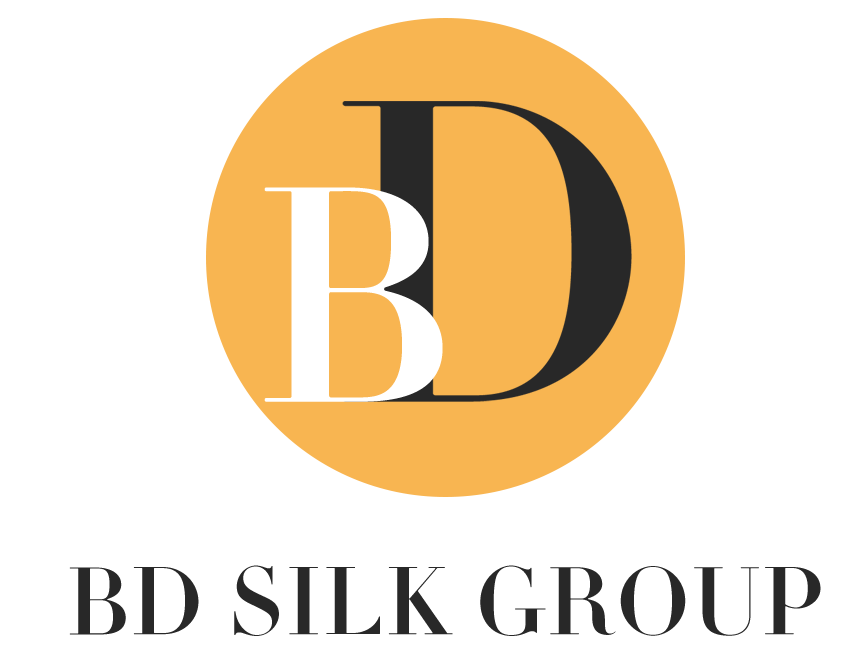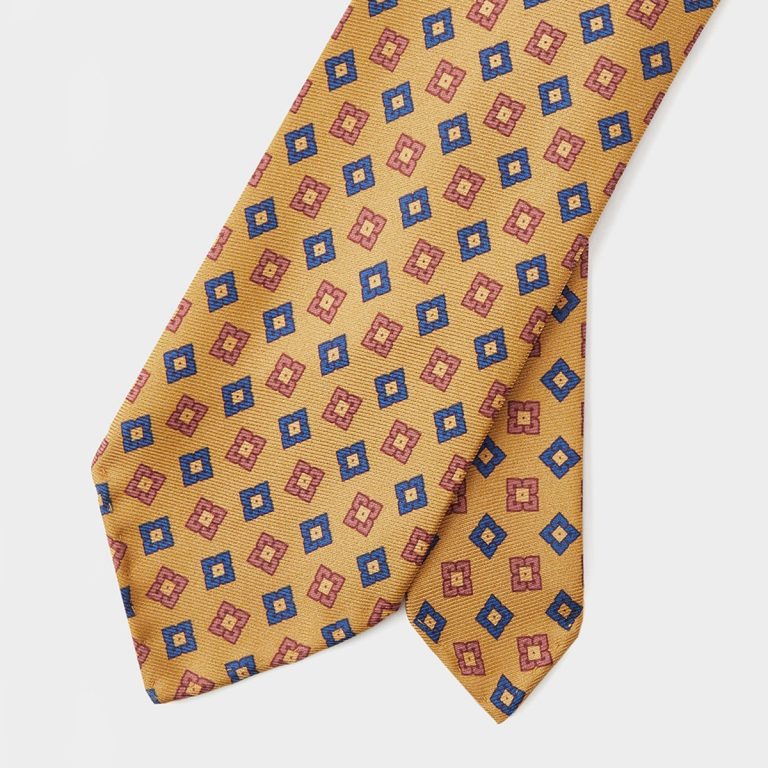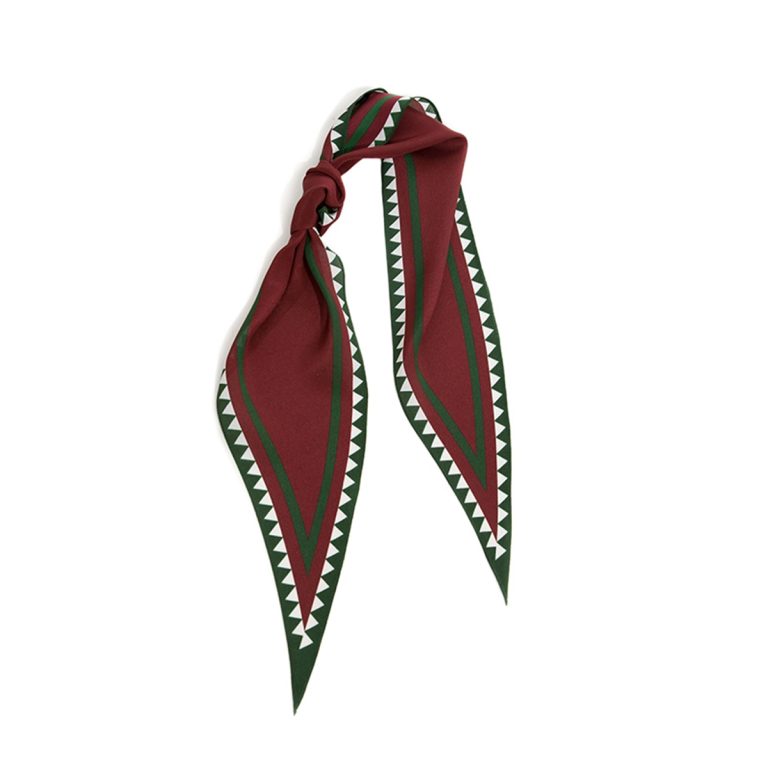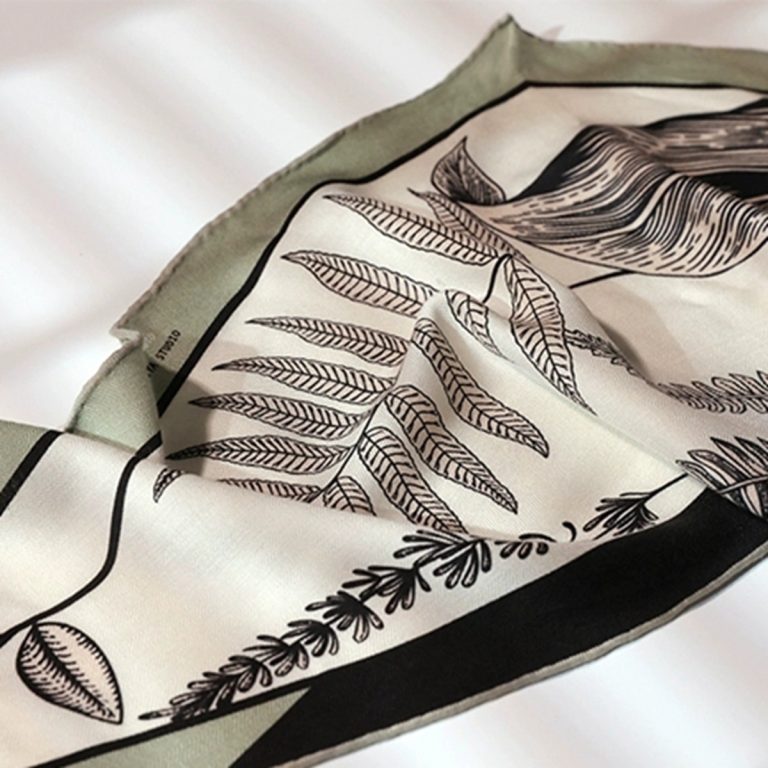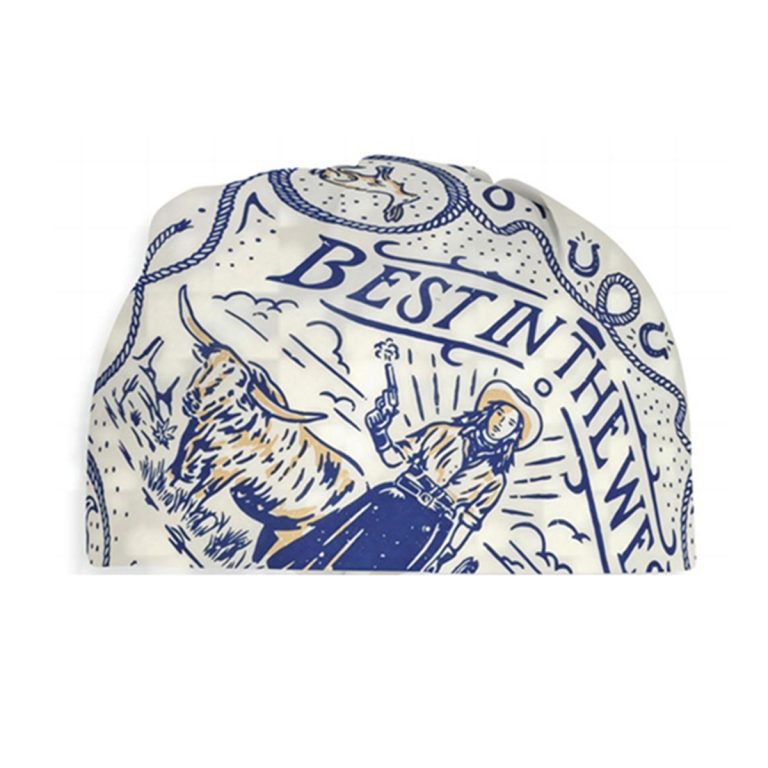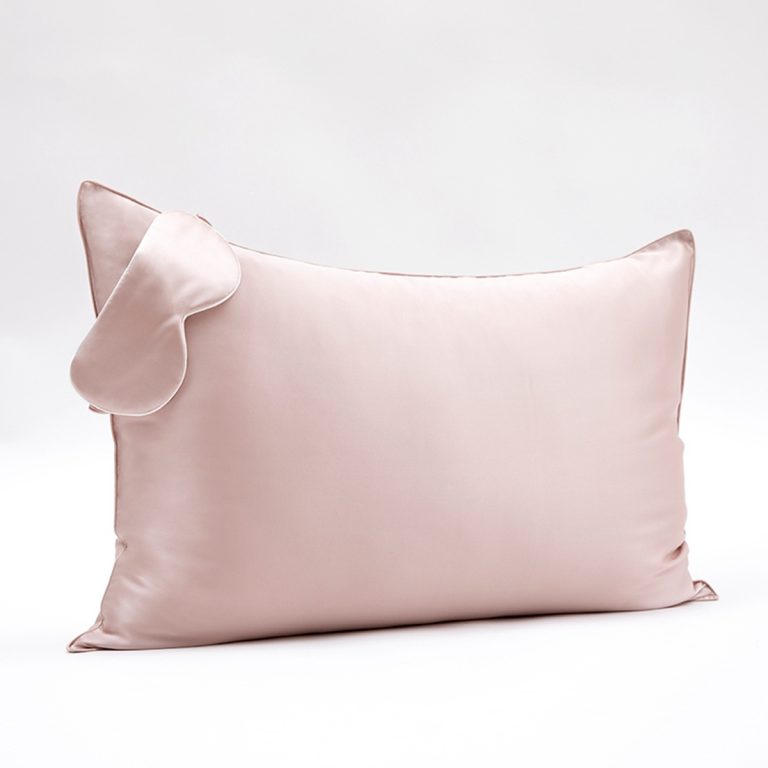Table of Contents
Exploring the Process of Silk Hair Ties Production at a Silk Scarf Factory
Silk scarves have been a fashion staple for centuries, known for their luxurious feel and elegant appearance. But have you ever wondered how these beautiful accessories are made? In this article, we will take you on a journey through the process of silk hair ties production at a silk scarf factory.
The first step in creating silk hair ties is sourcing the raw material – silk. The most common type of silk used in scarf production is mulberry silk, which is known for its fine texture and durability. Mulberry silk is produced by silkworms that feed exclusively on mulberry leaves, resulting in a high-quality silk fiber that is perfect for making scarves and hair ties.
Once the silk has been sourced, it is then processed to remove any impurities and prepare it for weaving. This process involves boiling the silk cocoons to soften the fibers, then unraveling them to create long strands of silk thread. These threads are then dyed in a variety of colors to create the vibrant patterns and designs that are characteristic of silk scarves.
After the silk threads have been dyed, they are woven together on a loom to create the fabric for the scarves. This weaving process requires precision and skill, as the threads must be carefully aligned to create a smooth and even fabric. Once the fabric has been woven, it is then cut into the desired shape and size for the hair ties.
The next step in the production process is adding the finishing touches to the hair ties. This may involve hemming the edges of the fabric to prevent fraying, or adding decorative elements such as beads or sequins. These embellishments can add a touch of glamour to the hair ties, making them perfect for special occasions or everyday wear.

Finally, the finished hair ties are inspected for quality and packaged for distribution. Silk scarf factories take great care to ensure that each hair tie meets their high standards for craftsmanship and design. This attention to detail is what sets silk hair ties apart from other accessories, making them a popular choice for fashion-conscious consumers.
In addition to silk hair ties, many silk scarf factories also produce a wide range of other silk products, including scarves, shawls, and wraps. These products are made using the same meticulous process of sourcing, weaving, and finishing that goes into creating silk hair ties. Whether you are looking for a statement piece to add to your wardrobe or a unique gift for a loved one, silk scarves are a timeless accessory that will never go out of style.
In conclusion, the process of silk hair ties production at a silk scarf factory is a fascinating journey that combines traditional craftsmanship with modern technology. From sourcing the finest mulberry silk to adding the finishing touches, every step in the production process is carefully executed to create a high-quality accessory that is both beautiful and durable. So next time you wear a silk hair tie, take a moment to appreciate the skill and artistry that went into creating it.
Behind the Scenes: Mulberry Silk Scarf Manufacturing Process Revealed
Silk scarves have long been a symbol of elegance and luxury, with their smooth texture and vibrant colors adding a touch of sophistication to any outfit. Behind the scenes, the process of manufacturing these exquisite accessories is a meticulous and intricate one that requires skill and precision. One of the key components in the production of silk scarves is the use of mulberry silk, a high-quality silk that is known for its durability and luster.
At a silk scarf factory, the manufacturing process begins with the selection of the finest mulberry silk. Mulberry silk is produced by silkworms that feed exclusively on mulberry leaves, resulting in a silk that is strong, smooth, and luxurious. The silk is carefully harvested from the cocoons of the silkworms, a process that requires delicate handling to ensure that the silk fibers remain intact.
Once the mulberry silk has been harvested, it is then spun into yarn using traditional spinning techniques. The yarn is then dyed using a variety of methods to create the vibrant colors and patterns that are characteristic of silk scarves. The dyeing process is a crucial step in the manufacturing process, as it determines the final appearance of the scarf.
| dye sublimation | abya |
| 2 color scarf | winter shawl |
After the yarn has been dyed, it is woven into fabric using specialized looms. The weaving process is a labor-intensive one that requires skill and precision to ensure that the fabric is woven evenly and without any imperfections. Once the fabric has been woven, it is then cut into the desired shape and size for the scarf.
One of the final steps in the manufacturing process is the finishing of the scarf. This involves a variety of techniques, including steaming, pressing, and hand-rolling the edges of the scarf to create a polished and professional finish. The finishing process is essential in ensuring that the scarf is of the highest quality and will last for years to come.
In addition to silk scarves, many silk scarf factories also produce silk hair ties, which are a popular accessory for women of all ages. Silk hair ties are made using the same high-quality mulberry silk as silk scarves, and are designed to be gentle on the hair while still providing a secure hold. The manufacturing process for silk hair ties is similar to that of silk scarves, with the silk being spun into yarn, dyed, woven, and finished to create a durable and stylish accessory.
Visiting a silk scarf factory can provide a fascinating glimpse into the world of mulberry silk scarf manufacturing. From the harvesting of the silk to the weaving of the fabric and the finishing of the scarf, each step in the manufacturing process requires skill and attention to detail. By experiencing the process firsthand, visitors can gain a greater appreciation for the craftsmanship and artistry that goes into creating these beautiful accessories.
In conclusion, the manufacturing process of mulberry silk scarves is a complex and intricate one that requires skill, precision, and attention to detail. From the selection of the finest mulberry silk to the weaving of the fabric and the finishing of the scarf, each step in the process plays a crucial role in creating a high-quality accessory that is both luxurious and durable. By visiting a silk scarf factory and experiencing the manufacturing process firsthand, visitors can gain a greater appreciation for the artistry and craftsmanship that goes into creating these exquisite accessories.
